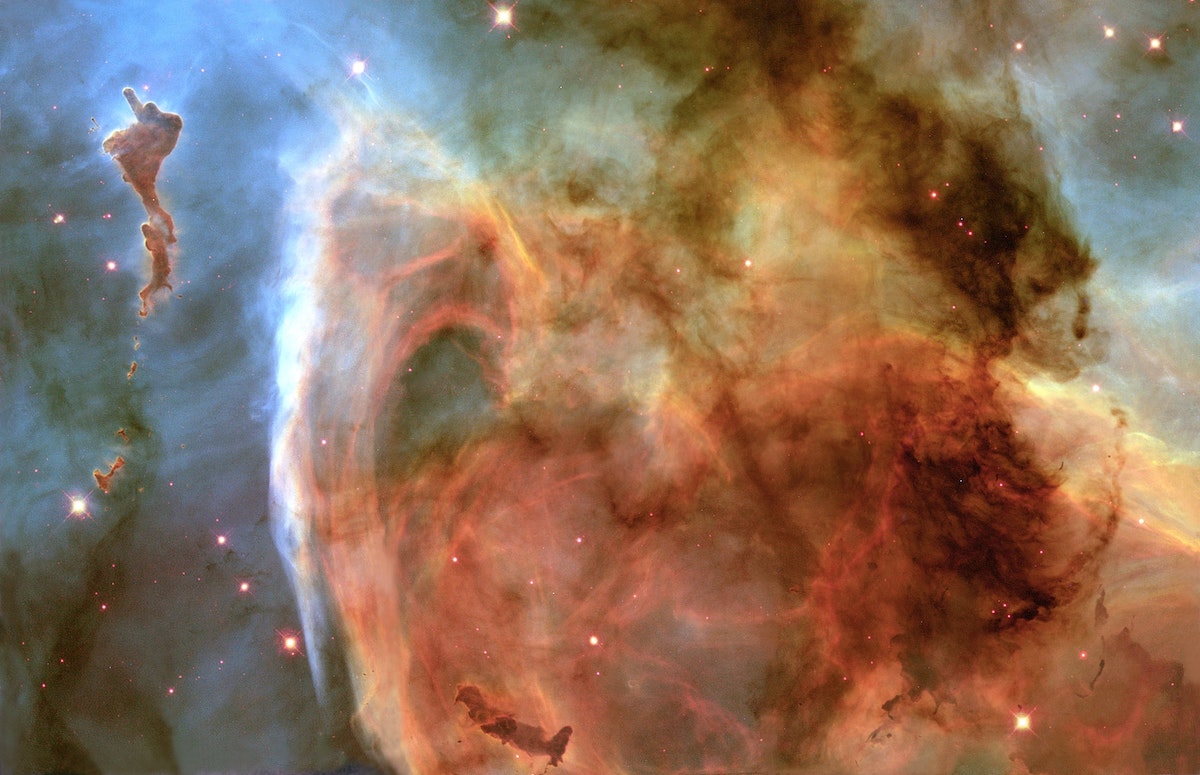Featured
January 1, ‘Universe Breakers’: James Webb Space Telescope Helps ‘Discover the Impossible’ [Video]

New images from the James Webb Space Telescope have led astronomers to “discover the impossible.”
According to the findings from a new study published in the journal Nature, astronomers expected to find small “baby galaxies.” Instead, they discovered six massive galaxies that existed between 500 million and 700 million years after the big bang.
The discovery completely upends existing theories about the origins of galaxies, according to the study’s authors.
Ivo Labbé, the study’s lead author, explained how shocked he was upon realizing what the images meant, saying he “nearly spit out my coffee.”
“Little did I know that among the pictures is a small red dot that will shake up our understanding of how the first galaxies formed after the Big Bang,” Labbé said.
“I run the analysis software on the little pinprick and it spits out two numbers: distance 13.1 billion light years, mass 100 billion stars, and I nearly spit out my coffee,” he said.
“We just discovered the impossible. Impossibly early, impossibly massive galaxies.”
Joel Leja, one of the study’s coauthors, expanded on the gravity of the discovery.
“These objects are way more massive than anyone expected,” said Leja, an assistant professor of astronomy and astrophysics at Penn State University. “We expected only to find tiny, young, baby galaxies at this point in time, but we’ve discovered galaxies as mature as our own in what was previously understood to be the dawn of the universe.”
The $10 billion James Web Space Telescope, which NASA launched in 2021, is capable of looking back in time up to roughly 13.5 billion years ago. Leja said that the new findings upend what was considered to be a settled matter among scientists.
“The revelation that massive galaxy formation began extremely early in the history of the universe upends what many of us had thought was settled science,” Leja said. “We’ve been informally calling these objects ‘universe breakers’ — and they have been living up to their name so far.”
“We looked into the very early universe for the first time and had no idea what we were going to find,” Leja said. “It turns out we found something so unexpected it actually creates problems for science. It calls the whole picture of early galaxy formation into question.”

-

 Entertainment2 years ago
Entertainment2 years agoWhoopi Goldberg’s “Wildly Inappropriate” Commentary Forces “The View” into Unscheduled Commercial Break
-

 Entertainment2 years ago
Entertainment2 years ago‘He’s A Pr*ck And F*cking Hates Republicans’: Megyn Kelly Goes Off on Don Lemon
-

 Featured2 years ago
Featured2 years agoUS Advises Citizens to Leave This Country ASAP
-

 Featured2 years ago
Featured2 years agoBenghazi Hero: Hillary Clinton is “One of the Most Disgusting Humans on Earth”
-

 Entertainment2 years ago
Entertainment2 years agoComedy Mourns Legend Richard Lewis: A Heartfelt Farewell
-

 Featured2 years ago
Featured2 years agoFox News Calls Security on Donald Trump Jr. at GOP Debate [Video]
-

 Latest News2 years ago
Latest News2 years agoSupreme Court Gift: Trump’s Trial Delayed, Election Interference Allegations Linger
-

 Latest News2 years ago
Latest News2 years agoNude Woman Wields Spiked Club in Daylight Venice Beach Brawl
Matt Mann
March 2, 2023 at 11:50 am
IMHO ‘Time’ as we know it only exist because we humans need it primarily for our benefit.
There i no such thing as ‘Time’ when it comes to the Universe. The sooner we can accept it the sooner we can move on
and get beyond this stumbling block in our study of space.
We may never fully understand the Universe to get to know more about it.
We don’t even understand ‘everything’ that is happening here on earth much less try to understand the universe.